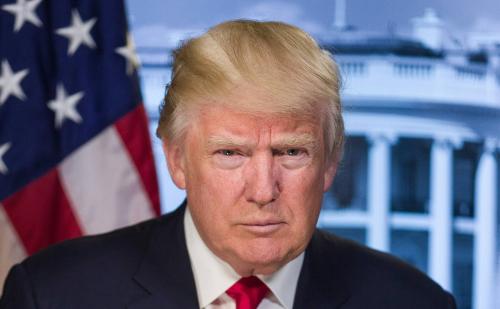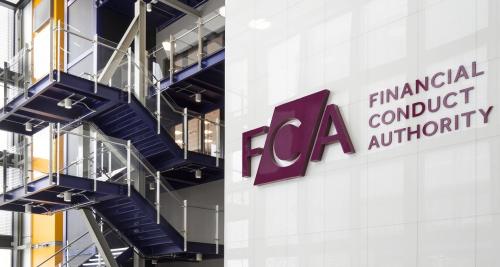Business continuity testing and new technical specs to become mandatory under new regulation proposed by SEC
The SEC will likely oblige exchanges and other trading platforms to perform regular tests of trading software, meet new technical specifications and conduct business continuity testing as part of a series of proposals in response to recent high frequency trading (HFT) errors, the commission’s chairman has said.
‘Rather than just trying to reduce the impact of these disruptions, we’re trying to eliminate the causes, by focusing on systems compliance and integrity,’ SEC chairman Elisse Walter said in a speech at the American University Washington College of Law. ‘So I have asked the staff to accelerate work on a regulation aimed at improving systems compliance and integrity – something we are calling Reg SCI.’
Reg SCI would require certain minimum standards to be met in the core technology of exchanges, significant alternative trading systems and clearing firms, Walter said. It would also require mandatory business continuity testing and make obligatory ‘certain notifications regarding systems disruptions and other events’. Walter added that some other possible aspects of the regulation are still under debate.
The regulation stems from a review undertaken by the SEC to help head off accidents such as the series of mistaken trades that inflicted $440 mn of damage last August on Knight Capital, one of the main market makers in the United States, and the so-called flash crash that sent the Dow Jones Industrial Average plunging more than 1,000 points in less than 20 minutes in May 2011.
Walter also revealed more details of the SEC’s new Midas system, or Market Information Data Analytics System, that collects trading data from the NYSE and other exchanges in an effort to track high frequency trading. The system, she explained, captures all orders on national exchanges as well as order changes and cancellations, and all trade executions, including off-exchange executions.
Midas ‘can help us monitor and understand mini-flash crashes, or pick up on possibly troublesome or illegal behavior, for example, by noting excessive cancellations of message traffic,’ Walter said. ‘It will give us dramatically better insight into the function of a market that moves many millions of dollars in millionths of a second. It will be like the first time scientists used high speed photography and strobe lighting to see how a hummingbird’s wings actually move.’
She also said a rule approved by the commission last year requiring national securities exchanges and other self-regulating financial organizations to create a market-wide consolidated audit trail, or CAT, will likely have even more profound implications than Midas.
CAT, she said, will capture information not only about trade execution, but also about who executes them, as well as other information not generally made public. CAT ‘could be the most important regulatory development in my lifetime,’ she said.










